Hello! Can you tell us about yourself? I’m Nicola, owner of Nicola Holden Designs, a…
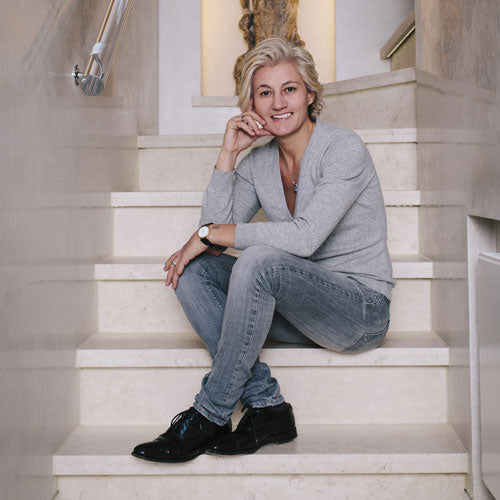
Interview with Annabella Nassetti – A Living Concept Ltd
Hello! Can you tell us about yourself?
I am an architectural interior designer, and product designer. I was born in Milan, Italy, the world capital of design.
I moved to London to enrich my creativity because of it’s thrilling multi-culture, and this is where I setup A Living Concept, my design, project management and construction company.
For the past two decades I have been completing refurbishment projects at the most exclusive London addresses for very precious and demanding clients. Stylish comfort is our mantra. I deeply believe that comfortable solutions are the key to today’s way of living.
We specialise in high end residential, and small commercial boutique hotels. We help our clients from the outset; whether they are property owners, or looking for a property to buy, for a home, or for investment. I have extensive experience is designing properties for the purpose of selling, and for renting. The vast majority of properties I have designed are rarely vacant. A home designed by us is always designed with the purpose of benefiting the occupier.
Our typical client is a busy professional who needs guidance throughout the design, specification, and tender process. Our clients trust us deeply, and because of the reputation we have, trust our judgement and recommendations.
Our completed projects when marketed for sale, act as a publicly available portfolio, and attract many enquiries from owners and occupiers looking to have that ‘feeling’ within their own home. I personalize my designs for each client by treating each home with individuality, and bringing out the best from the house. My ultimate goal is to give clients exactly what they were striving for.
We work internationally, and our client list includes some high profile names; Judy Joo celebrity chef, Sir Patrick Head, Founder of Williams F1 team, Yoodivhia, founder of Redbull…
A great majority of our projects involve full refurbishments, with layout modifications and structural alterations.
We completely refurbished a 3600 sq ft penthouse in Kensington Palace Gardens, turning it into a spectacular entertainment space illuminated by a very discreetly lit, oval dome like ceiling feature. I am very passionate with lighting because it highlights architectural elements that are otherwise difficult to highlight, even though I prefer not to see the light source when possible. Good lighting creates magical environments.
In Egerton Crescent, South Kensington we successfully refurbished a grade II* listed building by bringing out its original period features.
In Brunswick Gardens we were commissioned for a very interesting project that included a bespoke design for a swimming pool in the basement, that disappears at the press of a button, and gets covered by a stone tiled floor, therefore transforming into a ball room.
In various locations in Marylebone, Chelsea, Kensington, and Knightsbridge, we have completed numerous basement conversions, including layout changes to maximise the use of space.
In Wimbledon we have completed several full refurbishments that included full reconfigurations with various extensions, including loft conversions, and basement excavations.
Internationally, we have designed properties in the EU, California, Switzerland, and Indonesia. In Jakarta, we recently designed a 10,000 sq ft villa in the prime district of Menteng. For this project the client wanted her house design to incorporate Feng Shui. The project was very interesting because it took us out of our comfort zone, and expanded our ideas to include new approaches to design which incorporate Feng Shui principles.
As a trained Industrial Designer I always want to explore design projects at a different scale. I like to create details that maximise the aesthetic and practical aspect within a house. This enables me to put into practice my product design at a different level. The passion for my work inspires me to take full control of refurbishment projects where possible. Having an in-house construction team enables me to be involved in to re-shaping the structure of properties to build in future-proofness.
I consider my design to be classic contemporary; I create elegant canvases that welcome art and furniture collections for when clients are looking for something more timeless.
However, it is also a great challenge to create looks that provide for more contrast and excitement when clients are more daring and want me to go beyond the classic. Here I play with exciting colours and textures.
I love beautifully lit focal points where I often display statues and sculptures.
What’s your backstory and what attracted you to design?
Milan is my home town and it has always been an inspiration.
Since my childhood I have always felt blessed to be able to experience the local architecture, furniture designs, and production happening in Lombardy.
My family’s background played an important part in my career choice. My grandfather designed and produced motorcycles, and my father engineered and produced machinery for the production of ceramic and ceramic products. I came across a product design exhibition just before I was going to start a business management college degree, and I clearly saw my future as a designer, and not as a business manager!
I then embraced a product design degree, and got the highest recognition when my thesis project was nominated for the ‘Compasso D’Oro’ competition.
This helped propel me to my future as a successful designer, greatly helped by my passion for design.
The experience gained during my degree, and a strong passion for product design, provided me with a micro scale view for objects, their purpose, their functions, and the engineering/technology constraints of their production.
This provided the foundations to face my career with a very broad vision. I found myself applying micro design details to macro environments. Ergonomics is of extreme importance to me and that goes hand in hand with my approach to space planning that ensures that our houses are designed around us.
I always work with gravity on my side and it is surprising how efficient and effective this can be.
Designing with a passion for engineering provides for clear floors that are practical and exciting, and our in-house build team enables me to sculpt the walls to create one of a kind interiors.
I was lucky to start my career already working with the best in the industry; My first job was at HBA (Hirsch Bedner Associates), designing luxury hotels internationally.
My first design experience in the professional world was designing a two bedroom pied-a-terre in Cadogan Square in London. The brief was to create an interior that fully revolved around a multi million pound art collection.
What do you love most about designing?
The part of design work I love the most is creating good flows of space within interiors, with accents that make our everyday life a pleasure. My interiors all have one thing in common: they are calming and relaxing.
Who, for you, has been the most influential designer/designers?
A designer I like a lot is David Collins; unfortunately he is no longer with us. He designed the most beautiful restaurants and bars. My favorite is the blue bar at the Berkeley Hotel.
Where do you find inspiration for new designs?
The first inspiration always comes from what I feel the client wants from what I am about to design, this my starting point. I always ask a client what the interior is meant to express in two words. I will always keep those words in mind.
From then on I interpret what the client wants by challenging and fulfilling my creativity in combination with my know-how and flair. I find fashion and nature very inspiring. My interiors are generally androgynously warm.
When I experience a feeling of surprise, and a smile comes to my face, then I know I have got it right.
Describe your approach to functionality v aesthetics.
Functionality and how it is perceived is of extreme importance to the clients/user’s perception and enjoyment. My designs are very logical, and in a seamless manner they organically accommodate the user. With perfectly balanced simplicity we stimulate our clients being by transmitting peace and comfort. This goes hand in hand with reducing todays’ daily stresses.
This open plan reception and dining room is separated by a bespoke cantilever design bookshelf unit, that also serves as a bench.
How are green awareness and the increasing popularity of eco-friendly products affecting the design process(now, and in the future)?
Good design encourages lifestyles and products that are good for human beings, and respect the environment.
Nature is my number one inspiration, so I find healthy design practices to be natural. Many times this goes against the commercial aspect, but us designers must put our foot down and guide. Green is the future. The ecological aspect of any design, whether it’s furniture or interiors, is crucial.
Green awareness is for the good, and clients can easily be educated.
Take us through your process of designing for a client.
Firstly, I discover important project basics: in terms of space, number of rooms, bathrooms, do they entertain, do they work from home? I ask them to describe what a typical working day. and weekend day is like. I get the general brief and then make suggestions that address all the points.
Many times these requirements contradict themselves and we direct the client in the right direction. We always illustrate our ideas with photos, sketches and floor plan layouts that show how we aim to resolve the brief.
When we agree on a proposed layout, we prepare an architectural interior design package that includes a specification of works that will deliver our tender package. This package is extremely detailed and will include all the proposed works and supplies to complete the project, detailed in chronological order. We also establish the anticipated duration of the project.
The specification also includes our building works costs, and this is where we are different from almost any other designer. As designers and builders we can detail every aspect of a project and we can avoid any problems due to miscommunication between designers and builders/trades.
Whatever we design we aim to deliver excellent quality. We love to surprise our clients by delivering more, and better solutions than expected.
Having set up our building company more than ten years ago, I can proudly say that we have never gone above our estimate by more than 3%, and we always finish our projects sooner than estimated.
This is not because we overestimate the duration/cost of our contracts, but because we don’t take on more than two projects at any one time. Focusing on a small number of projects also enables us to manage the projects more effectively.
Below are some before and after photos of completed projects.
What do you like to hear people say when they view your work?
It makes me very happy when clients say that they are pleased to have noticed many details only when they moved into the house, including some things they wouldn’t have thought of including in the brief!
What is your all-time favourite design (yours)?
My favourite design is a house in Chelsea where I developed the detailing in an extreme way.
This allows for the best living experience. It is extremely advanced in technology, including a home spa and home theatre. The finishes throughout were all bespoke, and these enhance the architectural detailing.
What is your all-time favourite design (someone else’s)?
Casa Batlló, designed by Antoni Gaudi in 1904, is a building in the center of Barcelona.
It is considered one of his masterpieces. This building is in view what design is all about. The way every detail is thought through and created is extremely organic and exciting.
Through real-life design projects, have you learned anything particularly helpful or advantageous?
- Real life projects bring the principles of design to life.
- You achieve successful designs by interpreting your clients needs and wishes.
- But we can do better than that by creating exceptional solutions.
- Our ego as designers needs to blend with generosity.
- Our expertise needs to be flexible with suggestions.
- This is when the real connection happens.
Refurbishment projects bring many challenges. These occur when projects are on the go, and contracts with deadlines need to be respected. Site conditions cause changes to occur very often, and this is where experience, design flexibility, and creativity, often often deliver surprising solutions.
An example of this was during the demolition stage of a project in Chelsea, I discovered a void space that had been completely neglected in the past. At that moment I had a vision of a beautiful home office space that became a beautiful design feature, and gave an extra room to the property.
This experience taught me to always be very curious and courageous with my approach to design.
Client preferences sometimes need adjusting quite considerably because they don’t really know what to prioritise. Very often their views are not orderly and they need to be re-interpreted with the right proportions, and for the right reasons.
An example of this is when a client wants a kitchen with a copper top and expects it to look shiny and clean all of the time; this cannot happen because of the nature and the beauty of the product.
In this case they will need to choose whether they prefer the natural look of copper (which is not necessarily tidy) or if they want a stone top instead, which will always be in good order!
Advice for readers who want to redesign their homes/workplaces?
This advice is specific to those who work from home, consider a purpose designed home office!
The internet has changed everything, and many people now work from home, some self employed, and also “out of office work” for employers.
Current technology enables many people to be able to access work documents and correspondence pretty much from anywhere at any time.
This can be a blessing, if required, but it can also be detrimental to our health/relationships because it does not allow us to switch off and enjoy quality time.
The intensity of the nature of a profession will determine whether I would recommend a separate home office (a separate room altogether), or an integrated home office within a home.
I would definitely keep the home office separate if you have meetings; I wouldn’t recommend having work related acquaintances browse your home.
Home offices can be very successful and they can reduce the time spent travelling, saving money and physical energy.
What interesting projects are you working on right now? And what does the future look like?
At the moment we are designing a boutique hotel on Lake Como in Italy. The property is lake fronted and the view from each room will be spectacular.
A floating pool with relaxing hospitality lounge will be a welcoming feature for the guests, who will arrive by boat.
We are also designing some interiors for a private client, who wants major transformations with some quite striking Moroccan influences. I adore Moroccan interiors, and this will be a pleasure to design.
This project will keep us very busy, as we will also be carrying out the construction work due to the project being in London.
I will also be working very closely with our Italian joinery manufacturing company developing some bespoke furniture pieces for our clients.


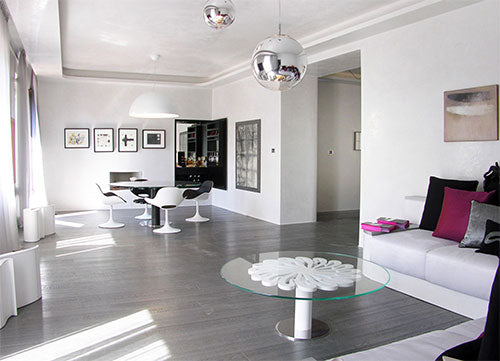
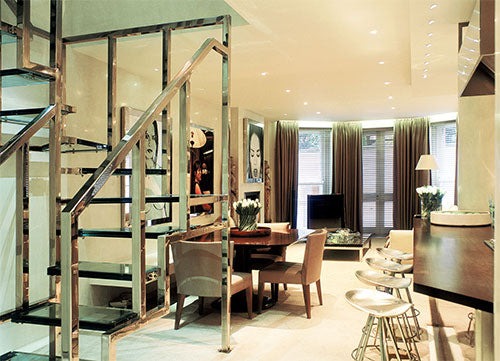
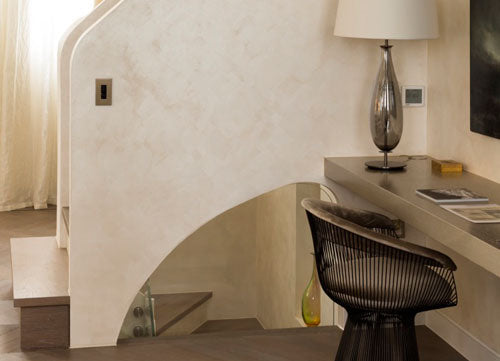
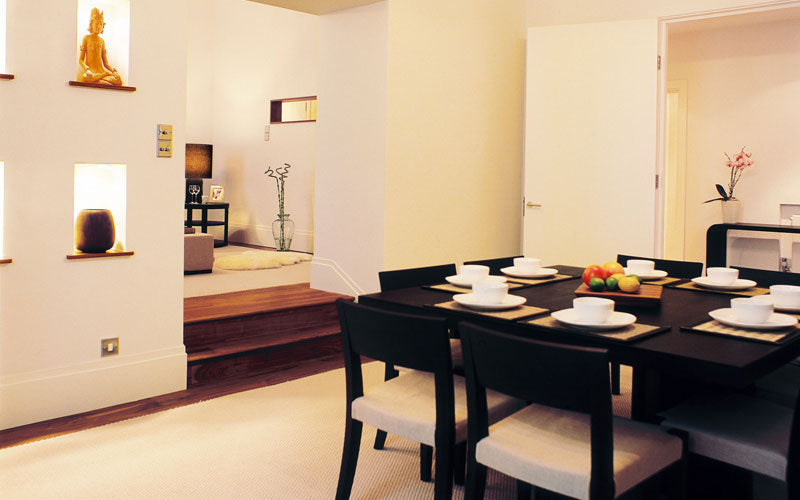
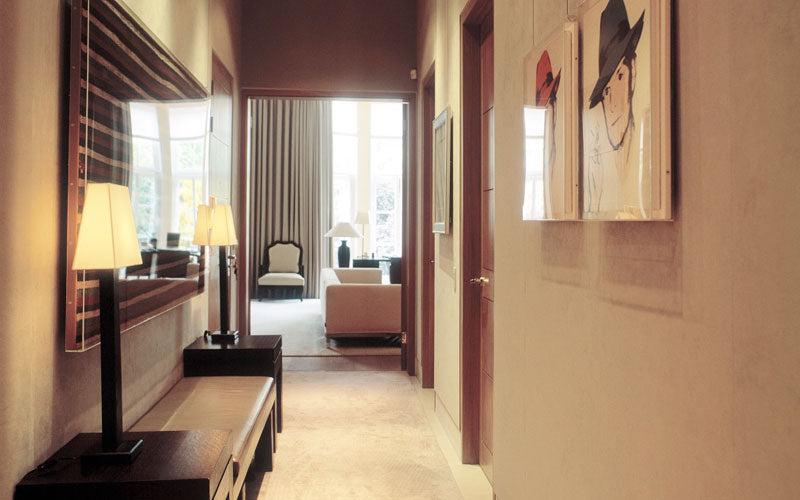
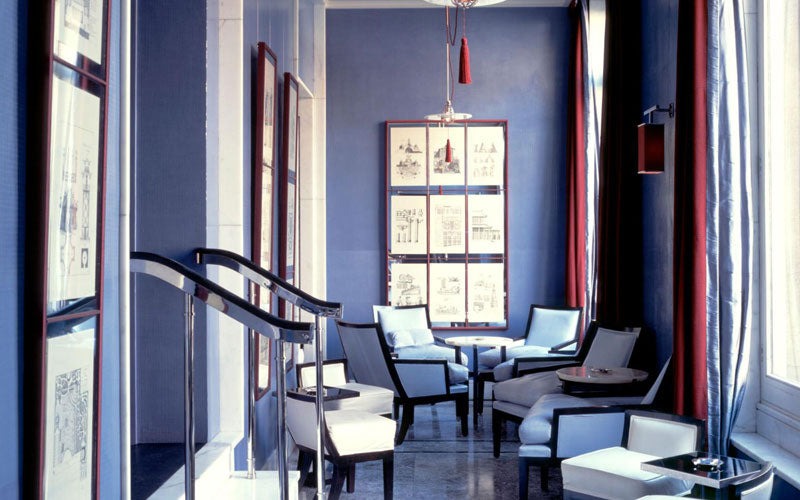
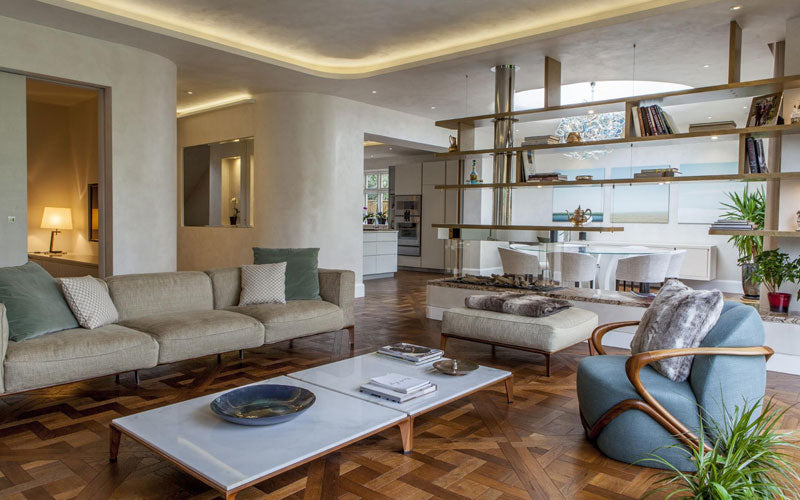
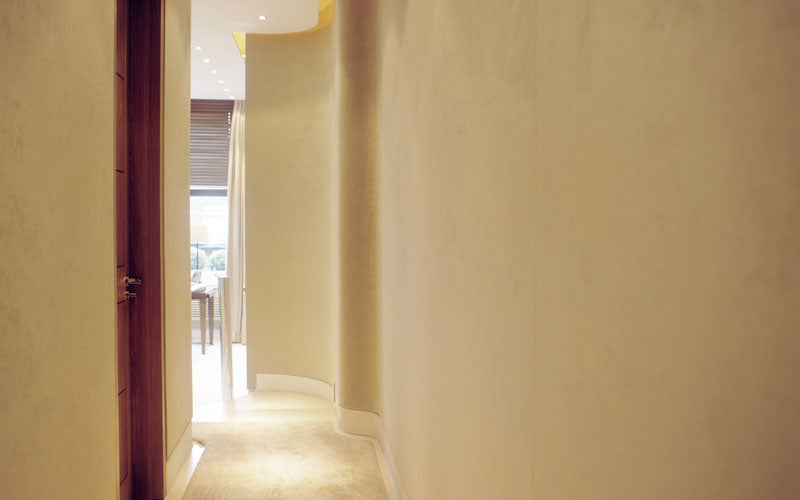
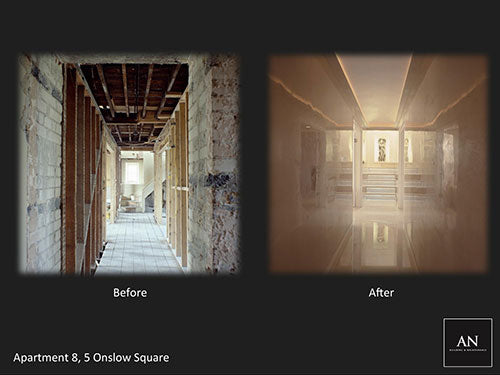
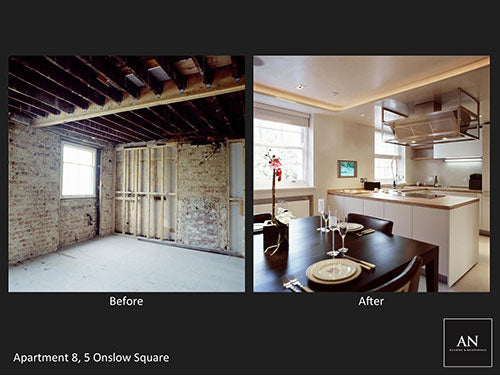
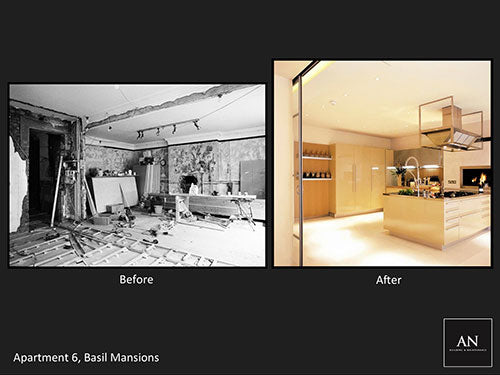
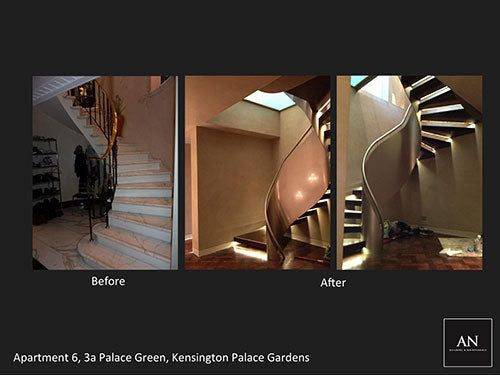

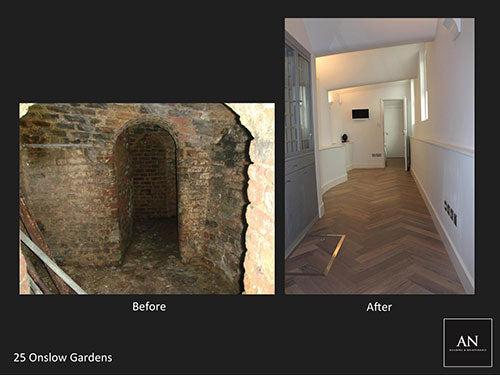
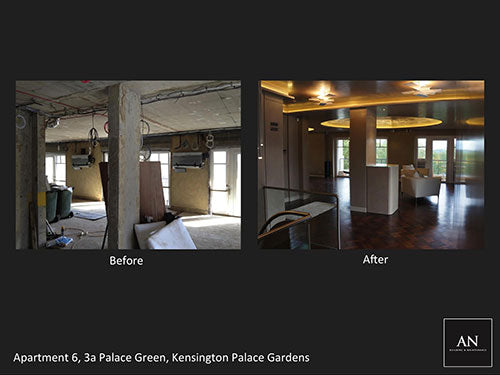
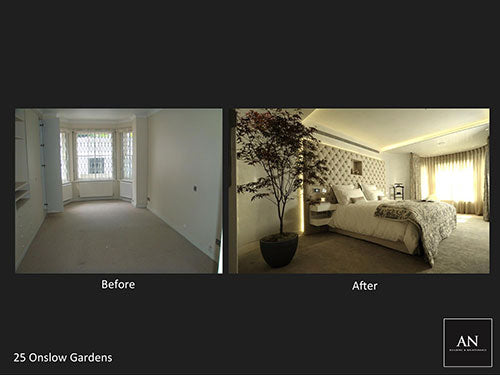
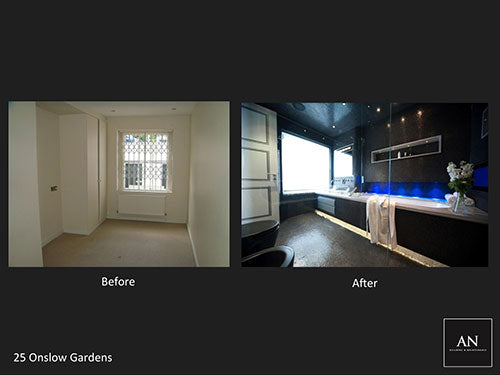
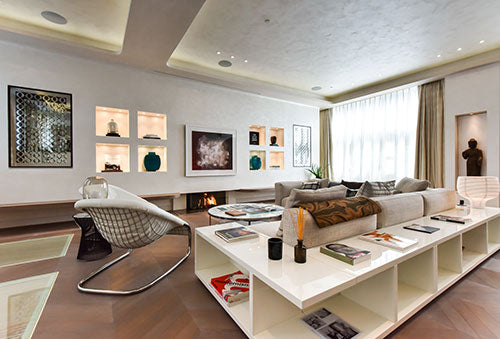
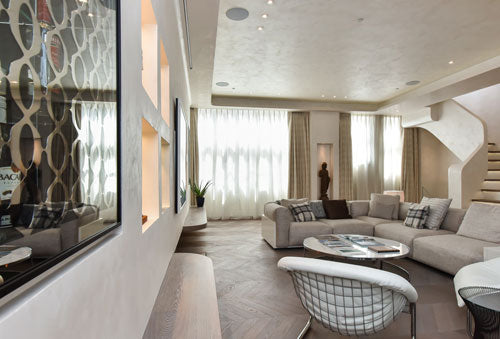
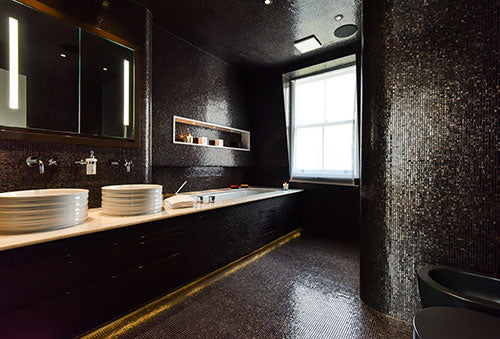
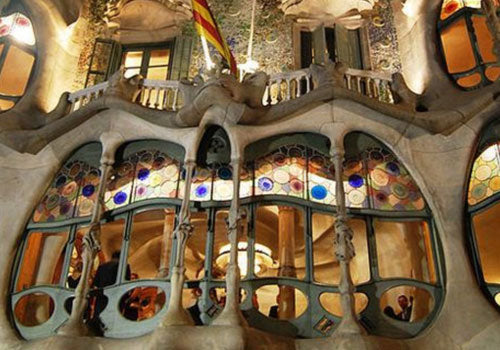

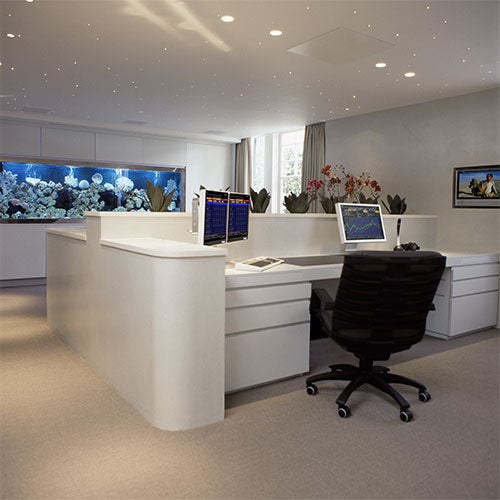
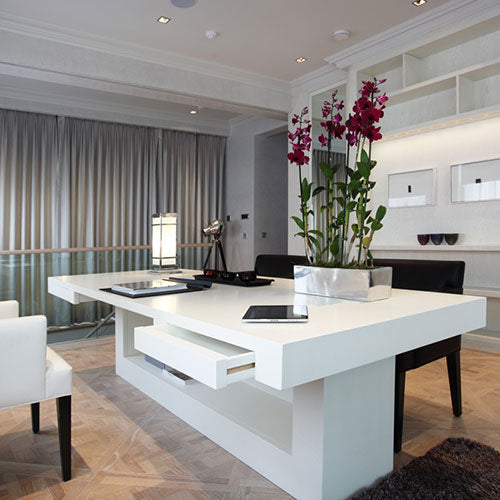
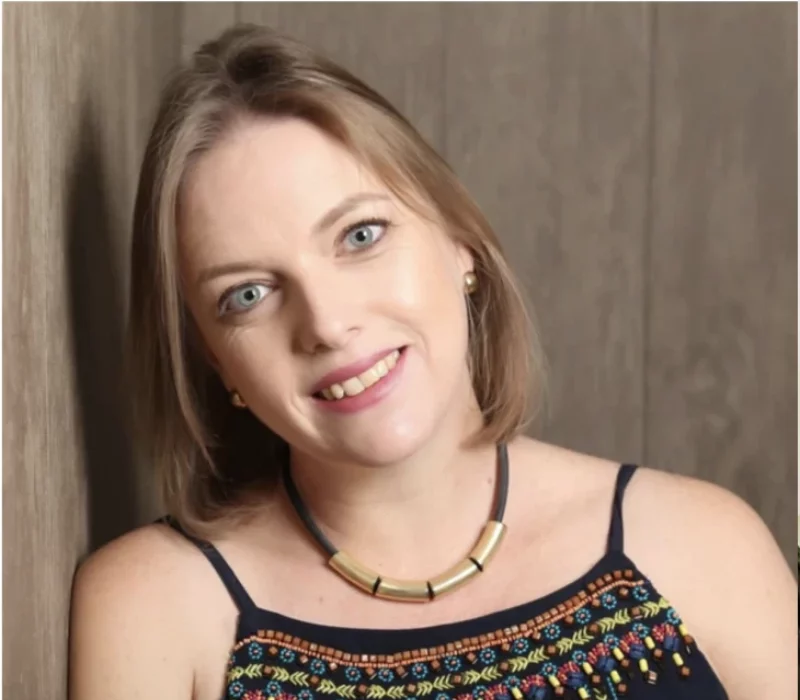
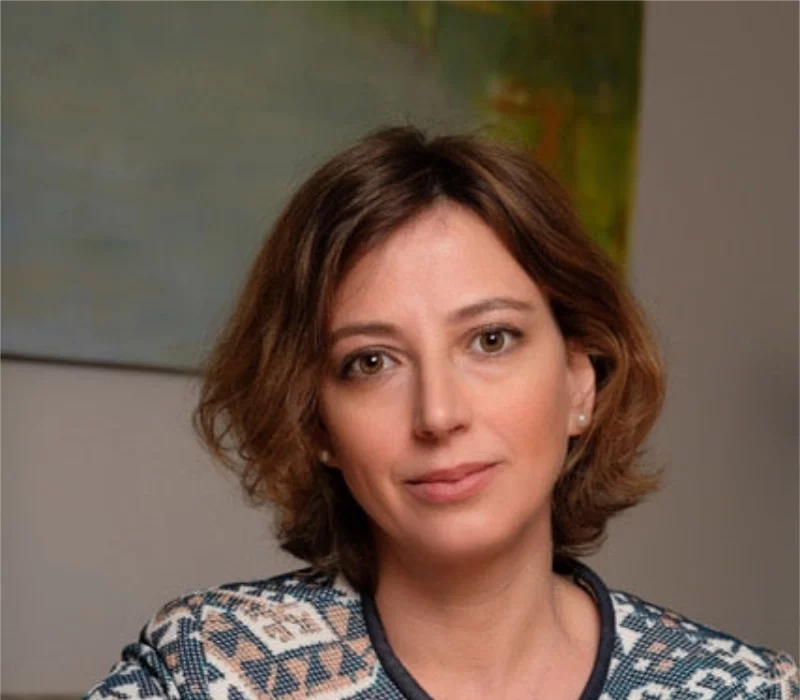
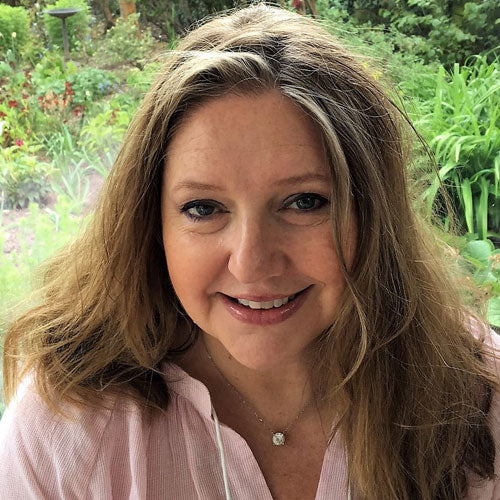
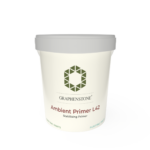
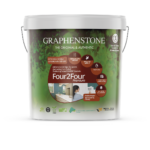

This Post Has 0 Comments